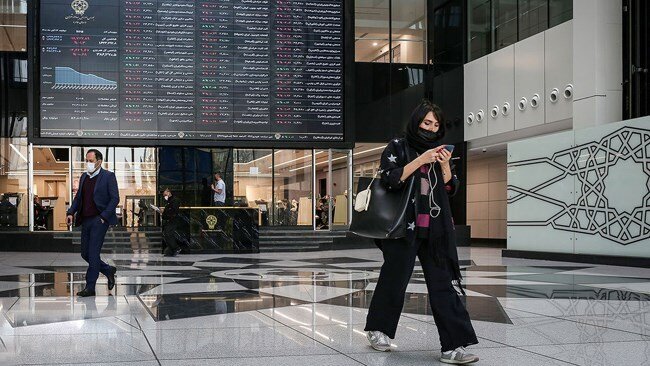Stock market needs economic stability, new regulations to thrive

TEHRAN – Iran’s stock market, which was once called a phenomenon by world economists, has been wrestling with drastic ups and downs over the past two years, leaving shareholders and market analysts in limbo about the future of the market.
Although many economic experts believe that this market has the potential to be the sole driving force of the country’s economy if its capacities are well exploited, the market’s current conditions tell a completely different story.
Iran's largest stock exchange, Tehran Stock Exchange (TSE), was one of the world's best-performing stock exchanges in the years 2002 through 2017, the market’s success was temporarily halted from 2018 to 2019 due to the sanctions shock, and then at the end of 2019 through 2020, once again the market’s main index TEDPIX started skyrocketing despite deeming global economic conditions.
The upward trend of the market, however, came to a sudden halt in August 2020 when, as the market analysts put it: “The bubble inflated by the government’s revenue-raising initiatives and the related stock-buying frenzy burst and the market started correcting itself.”
From that point on, the government, which also believes that the capital market can in fact be a defining factor in the future of the Iranian economy, has been trying many strategies to return calm to the market and make it the attractive investment place it once was.
Several support packages have been introduced and a handful of major state-owned companies have joined the market to regain people’s trust; however, despite their short-lived positive impacts, none of these solutions have been working so far.
A report published by the Iran Chamber of Commerce, Industries, Mines and Agriculture (ICCIMA) in late October stated that the capital market is still facing mistrust and uncertainty and with the continuation of the downward trend in the market’s index, shareholders are getting more inclined towards selling their shares.
“After falling about 40 percent from its peak in July 2020, TEDPIX, the main index of the Tehran Stock Exchange (TSE), is still facing a continuous decline and now the market is in a more fragile situation than before as the index has fallen below 1.3 million points,” the ICCIMA report said.
According to the mentioned report, the capital market is currently facing a sharp decrease in the value of transactions, the obvious reluctance of buyers, and the anxiety and worry of the shareholders.
Considering the abovementioned statements, the question is "what really can be done for the market?" or "What is the best solution to once again attract shareholders and return TSE to its prime time?"
According to Alireza Kadivar, who is a market analyst and the managing director of a brokerage firm based in Tehran, one of the best solutions to the Iranian stock market dilemma is to eliminate redundant trading rules that are currently limiting the shareholders.
Kadivar believes the first and most important way to improve market conditions is to remove or reduce the severe restrictions imposed on the capital market transactions.
“Removing the existing restrictions on the fluctuation range, base volume, and equation rules will lead the market to a direction where it can achieve a balance between supply and demand,” he said.
Emphasizing the important role of the Securities and Exchange Organization (SEO) as a supervisory body, he said: “This supervision should be done in such a way that it does not cause restrictions and problems in the market mechanism.”
Kadivar called the predictability of the economy or economic stability as another way to restore confidence in the capital market and said: “For instance, the government should announce a comprehensive plan including a set price for energy carriers, tax rate and any other macro-economic variable that affects the market activity, and try not to make any fundamental changes in this plan over the next five years so that traders and businesses can plan long-term.”
EF/MA
Leave a Comment